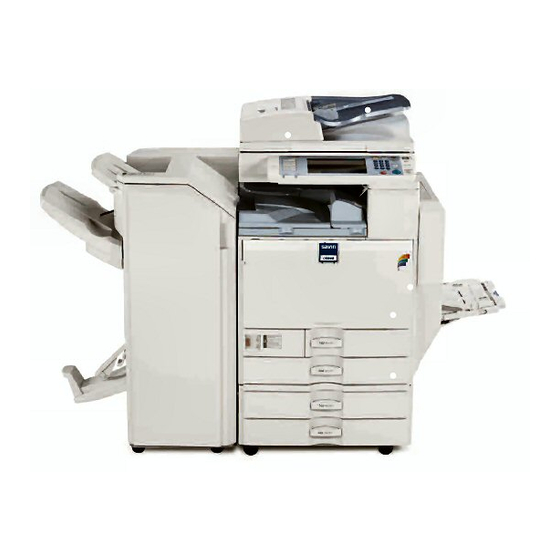
Table of Contents
Advertisement
Read this manual carefully before you use this machine and keep it handy for future reference. For safe and correct use, be sure to read the
Safety Information in "About This Machine" before using the machine.
Preparing the Machine
1
Setting Up the Printer Driver
2
Other Print Operations
3
Direct Printing from a Digital Camera (PictBridge)
4
Saving and Printing Using the Document Server
5
The Functions and Settings of the Machine
6
Appendix
7
Operating Instructions
Printer Reference
Advertisement
Table of Contents











Need help?
Do you have a question about the C3535 and is the answer not in the manual?
Questions and answers